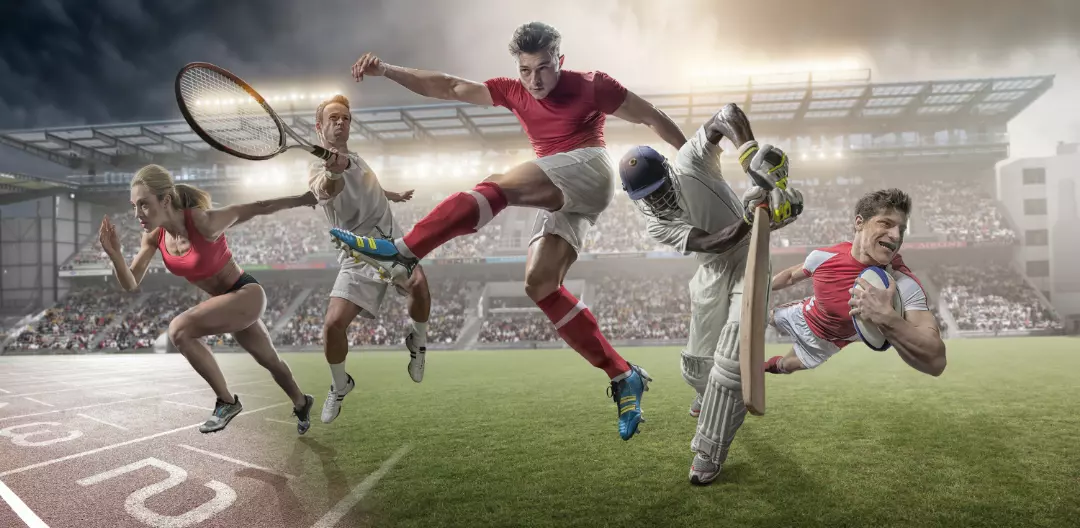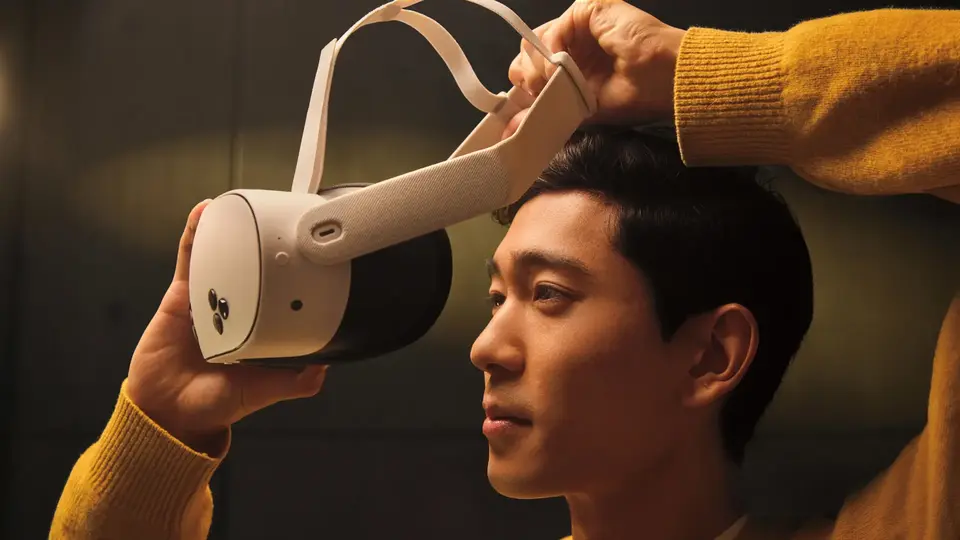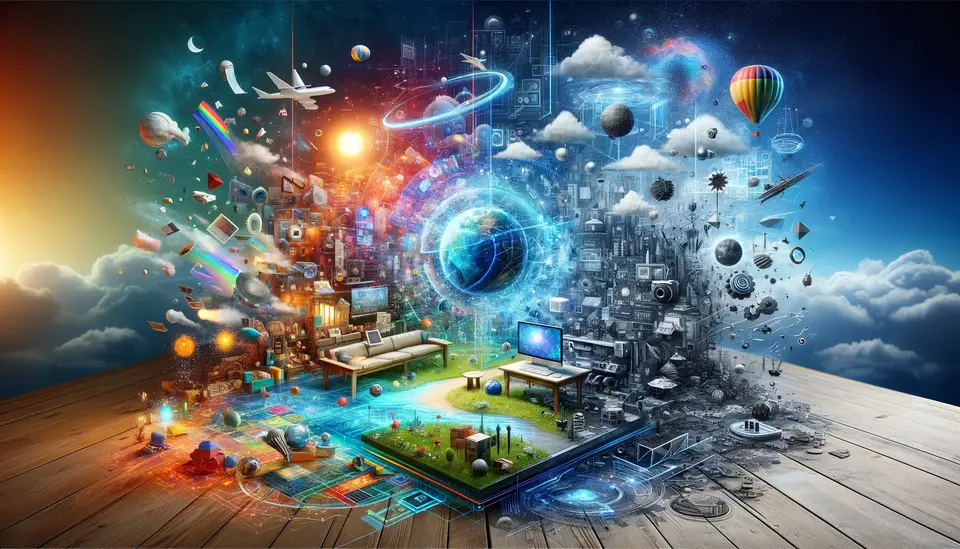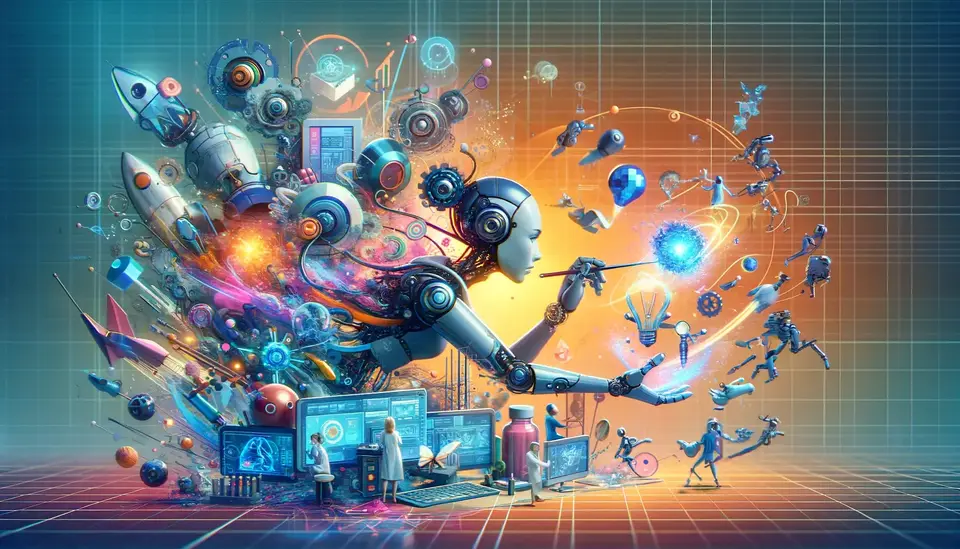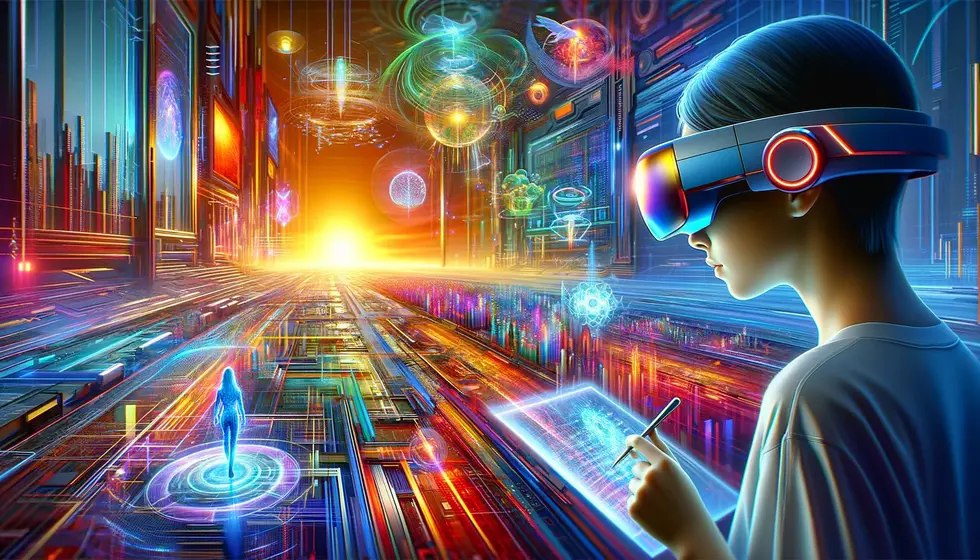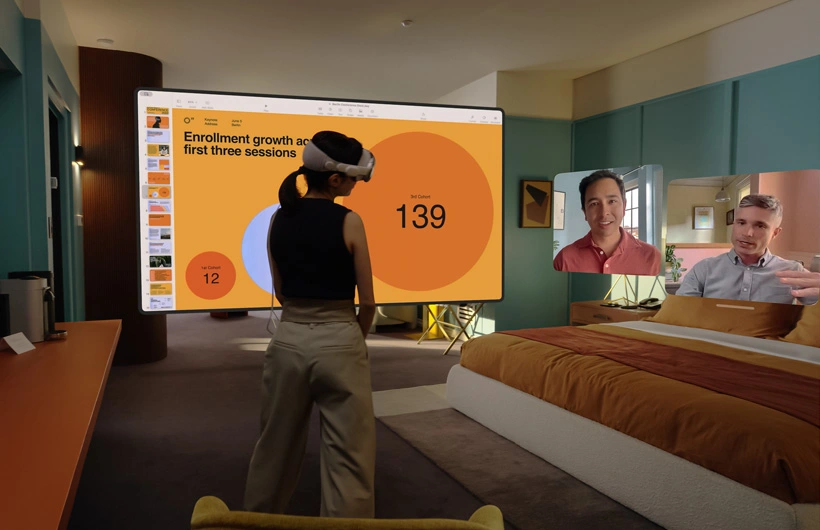Real Examples and Use Cases of Mixed Reality in Sports
Posted on May 16, 2023 5 minutes 986 words
Table of contents
Mixed Reality (MR), which encompasses both Augmented Reality (AR) and Virtual Reality (VR), is revolutionizing various industries, and sports is no exception. MR has the potential to transform not only the way athletes train and perform but also how fans engage with their favorite sports. In this blog post, we will delve into real-life examples and use cases of MR in sports, highlighting the incredible ways this technology is shaping the future of the industry.
Enhancing the Fan Experience
The fan experience is at the heart of sports, as it drives the passion and excitement that fuels the industry. Mixed Reality has opened up new avenues for fans to connect with their favorite sports, offering immersive and engaging ways to experience the thrill of the game. In this section, we will explore how MR is enhancing the fan experience through virtual stadiums and AR apps that provide live statistics and visualizations.
Virtual Stadiums
Virtual stadiums bring the live sports experience to remote fans, allowing them to feel as if they are right there at the game. Oculus Venues, for instance, is a platform that enables users to attend live concerts, sports events, and comedy shows in VR. Users can choose their preferred viewing angle, interact with other attendees, and immerse themselves in the stadium atmosphere from the comfort of their own homes.
Augmented Reality (AR) Apps for Live Statistics and Visualizations
AR apps can overlay live statistics and visualizations on the game in real-time, offering an enriched viewing experience for fans. The NFL’s AR mobile app, for example, lets users point their phones at the live game or even their TV screens, and displays player stats, game highlights, and other useful information. These apps offer fans a more interactive and informative way to engage with the sport.
Training and Performance Analysis
The key to success in sports lies in effective training and performance analysis. Mixed Reality offers unique opportunities for athletes to improve their skills, gain insights, and receive real-time feedback. In this section, we will discuss the impact of VR training simulations and AR coaching tools in revolutionizing training and performance analysis, leading to better-prepared athletes and more competitive games.
AR for Coaching and Technique Improvement
AR technology can be applied to real-time coaching and technique analysis, providing instant feedback to athletes and helping them improve their performance. SwingVision, a tennis coaching app, uses AR to analyze players’ strokes, provide real-time coaching tips, and generate video highlights. The app also offers detailed metrics and statistics to help players understand and improve their game.
Virtual Reality (VR) Training Simulations
VR is increasingly being used to create realistic training simulations for athletes, enabling them to practice and hone their skills in immersive virtual environments. STRIVR, a VR platform used by NFL, NBA, and MLB teams, allows athletes to experience game-like situations and react to various scenarios without the physical limitations of traditional training methods.
eSports and Mixed Reality
eSports has emerged as a powerful force in the sports industry, drawing millions of players and spectators worldwide. Mixed Reality has the potential to further enhance the eSports experience, creating immersive and interactive environments that captivate both participants and audiences. In this section, we will delve into the integration of MR in eSports, as well as its role in the development of advanced eSports training facilities.
MR Integration in eSports
MR has the potential to further enhance the eSports experience for both players and spectators. HADO, an AR dodgeball game, combines physical activity with digital gameplay, creating an exciting and immersive experience. Players wear AR headsets and use their body movements to dodge, throw, and block virtual energy balls, while spectators can enjoy an engaging visual display.
eSports Training Facilities
MR technology is also being utilized in the development of state-of-the-art eSports training facilities. Alienware’s eSports Training Facility, for example, incorporates VR and AR technology to help players refine their skills, improve teamwork, and simulate in-game scenarios. These advanced training environments are designed to produce world-class eSports competitors.
Rehabilitation and Injury Prevention
Injuries are an unfortunate but common aspect of sports, and effective rehabilitation and injury prevention strategies are essential for the well-being of athletes. Mixed Reality offers innovative solutions for customized rehabilitation programs and biomechanics analysis, helping athletes recover faster and reduce the risk of future injuries. In this section, we will examine the role of MR in rehabilitation and injury prevention, and how it can contribute to healthier, more resilient athletes.
Virtual Rehabilitation Programs
MR can play a crucial role in creating customized rehabilitation programs for injured athletes. MindMaze’s MindMotion platform uses VR to create engaging and personalized rehabilitation exercises that help patients recover from injuries and regain their physical abilities faster. The platform tracks patients’ progress and adjusts the exercises accordingly, ensuring a tailored and effective recovery process.
Biomechanics Analysis and Injury Prevention
MR can also assist in analyzing athletes’ movements and preventing potential injuries. dorsaVi, a wearable sensor system, uses AR to capture biomechanical data and provide real-time feedback on an athlete’s movements. This information helps coaches and trainers identify areas of improvement and potential injury risks. By using dorsaVi’s system, athletes can gain a better understanding of their movements, make necessary adjustments, and ultimately reduce the likelihood of injury. The data collected can also inform the development of personalized training programs tailored to the athlete’s specific needs and biomechanics, optimizing performance while minimizing injury risk.
Conclusion
Mixed Reality technology is transforming the sports industry in multiple ways. From enhancing the fan experience with virtual stadiums and AR apps, to revolutionizing training, performance analysis, and injury prevention, MR has the potential to reshape the way we play and watch sports. As MR technology continues to advance, we can expect even more innovative and immersive experiences that push the boundaries of sports and create new opportunities for athletes, fans, and the industry as a whole.

